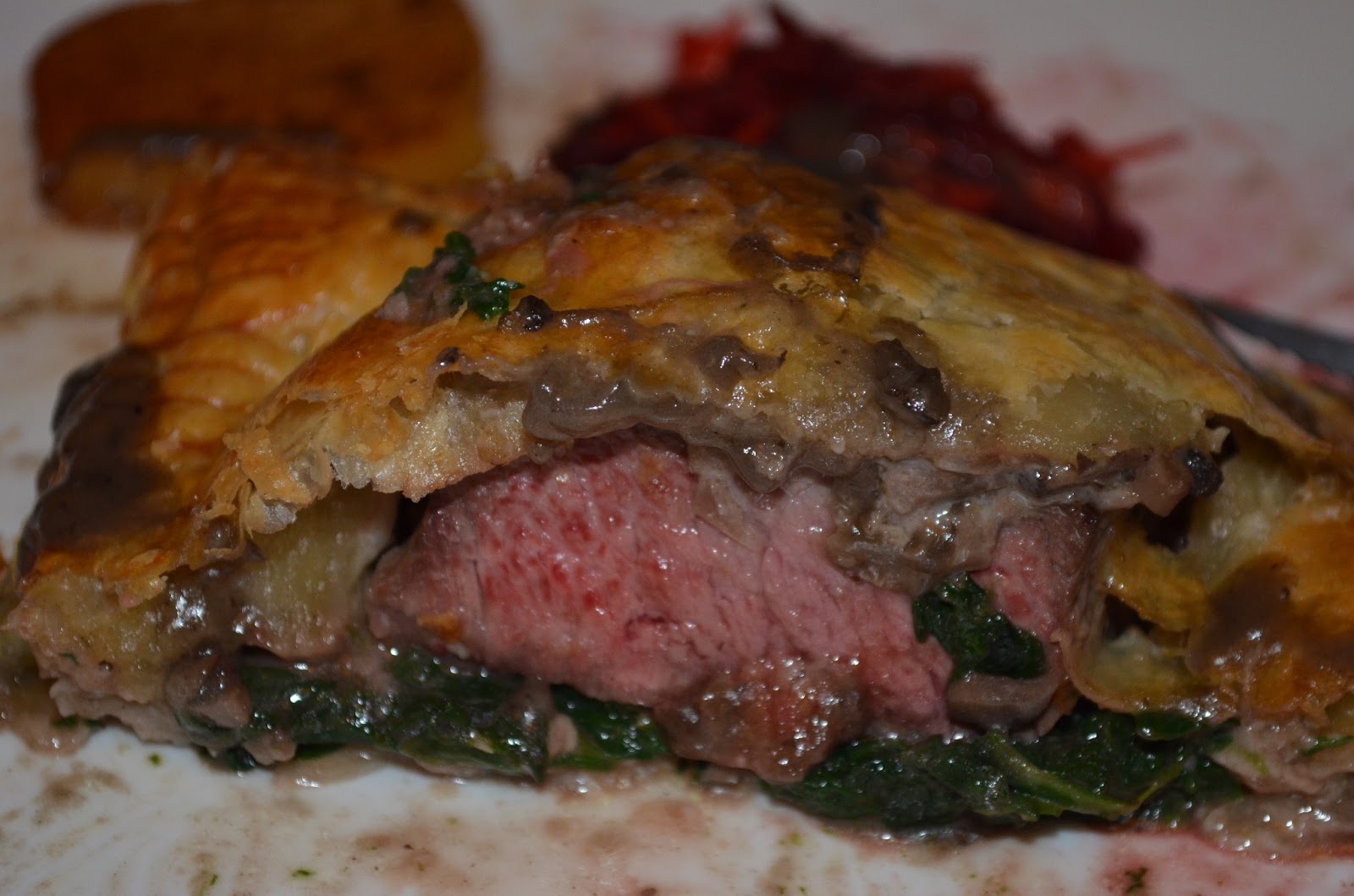Roasted Root Soup
Serves 2 with enough for seconds
Half a massive beetroot
A carrot
Half a swede
Olive oil
An onion
As much finely chopped garlic as you feel necessary or desirable (four cloves for me. Big 'uns, too.)
An inch square piece of ginger, finely chopped
Half a teaspoon of cumin seeds
Half a teaspoon of smoked paprika (quite possibly optional)
Half a chicken stock cube (definitely optional)
Chopped fresh coriander
It was a few days ago but I think that's everything
Chop the veggies into chunks (except the onion) and throw into a baking tray with a glug of olive oil. Roast at gas 6 for 45 minutes or so until pretty much tender. Meanwhile, slice the onion and fry in olive slowly while the other veg is roasting. The secret of a good soup, as with a good curry, is to cook the onions long and slow until they go nice and brown and soft and sweet. I never trust any recipe that says 'saute the onion for two or three minutes until soft'. No! For the onion to weave its magic it needs much longer.
Add the garlic and ginger to the onions and fry a bit more, then the cumin seeds, cook for a minute, then add the smoked paprika, which I used as I thought it would prevent the beetroot from turning the soup pink. I've got nothing against pink, but I don't necessarily want to eat a pink soup unless it's a Hungarian-style cold cherry soup.
Tip the roasted veggies in and pour in enough water to cover everything. I would recommend adding half a chicken stock cube, unless you're vegetarian. Simmer it for 20-30 minutes to encourage the flavours to develop.
Blend everything together with a hand blender or any other piece of industrial kitchen equipment that is likely to get the job done. It's unlikely you'll need to pass it through a sieve afterwards but you could if it made you feel better. Taste and then adjust the seasoning with some good salt and black pepper. Serve with a blob of sour cream and a sprinkling of chopped fresh coriander. Don't miss out the coriander, it goes really well with it.
Mushroom & Goats' Cheese Tart
Serves one
A double handful of mushrooms, sliced
A knob of butter
A couple of garlic cloves
A sprinkling of fresh thyme leaves
A couple of tablespoons of double cream. Maybe a bit more.
A square of shop-bought ready-rolled puff pastry big enough to accommodate the mushrooms with some spare around the side
As much goats' cheese as you want depending on how healthy you want to be
Fry the mushrooms with the garlic in the butter until nice and soft and tasty-looking. Add the thyme and cream and cook for a minute until the mixture is amalgamated and you just want to dive in straight away and eat it from the pan. Don't do that though. Spread the mushrooms out onto the pastry and score a little line in the pastry around the edge of the mushrooms. I really don't know if this is necessary but in my head it tells the pastry under the mushrooms to sit still and the pastry on the outside to get lovely and puffy. Top with an unhealthy amount of goats' cheese and bake for 20 minutes or so until the cheese has melted and the pastry is golden and crispy. Ok; now you can eat it.
And that's how I used the veg that turned up in my Local Greens bag. It's all gone. Luckily I picked up another one on Thursday which is full of delightful things like celeriac and sprouts.
The important thing is (and I hope you'll forgive the capitals but I think it is really important): NOTHING WAS WASTED. Veg bags reduce food waste because the producers know how much to harvest because the bag people know how much to order, and the customers know what they're getting and can plan in advance. And the bags are good value, I think, when compared to other retailers, and the veg is of outstanding quality. So if you don't already subscribe to a weekly veg scheme, please do; and if you do, please get all your friends to do the same. Baby steps can change the world if everyone takes them.
This blog is now sort of redundant as it has done what it set out to do - to chart a (bit more than) a week in the life of a Local Greens bag. But it's been fun, and I hope it will be useful if only to me to write my recipes down if I think I've made something nice, so I can refer to them in future. So this isn't necessarily the end. Just the end of this post. Maybe. In fact yes, this is definitely the end of this post. Now.








